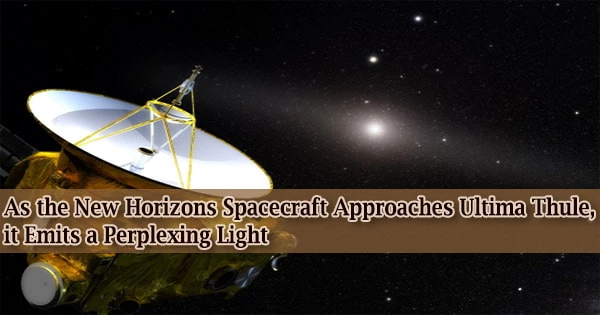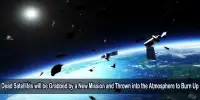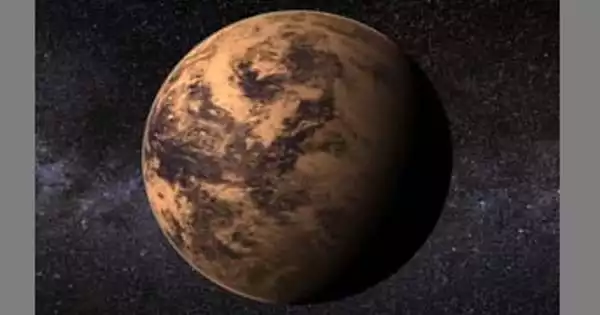Ultima Thule, the faraway object that NASA’s New Horizons spacecraft will fly by in just 10 days, is behaving strangely.
The 23-mile-wide (37-kilometer) Ultima isn’t spherical, according to the New Horizons team; rather, the data suggests it’s elongated or may be made up of two close-orbiting planets.
As a result, mission scientists anticipated seeing a big “light curve” from Ultima, with major brightness fluctuations matching to different orientations of the object as it rotated.
However, observations made by New Horizons in the run-up to the dramatic New Year’s Day encounter reveal otherwise. Ultima’s brightness, like that of a spherical body, is generally constant.
“It’s really a puzzle,” New Horizons principal investigator Alan Stern, of the Southwest Research Institute in Boulder, Colorado, said in a statement yesterday (Dec. 20).
“I call this Ultima’s first puzzle why does it have such a tiny light curve that we can’t even detect it? I expect the detailed flyby images coming soon to give us many more mysteries, but I did not expect this, and so soon.”
Team members has proposed several theories. Ultima’s pole of rotation, for example, maybe pointing directly at New Horizons, reducing brightness changes seen by the spacecraft.
A light-blocking cloud of dust, similar to the coma that surrounds a comet’s core could also encircle ultima, which is more than 4 billion miles (6.4 billion kilometers) from the sun.
It’s hard to say which of these ideas is right. Perhaps it’s even something we haven’t even thought of. In any case, we’ll get to the bottom of this puzzle soon New Horizons will swoop over Ultima and take high-resolution images on Dec. 31 and Jan. 1, and the first of those images will be available on Earth just a day later. When we see those high-resolution images, we’ll know the answer to Ultima’s vexing, first puzzle. Stay tuned!
Alan Stern
However, generating such a feature would necessitate the use of an energy source, which is unknown. Members of the mission team claimed that the sun couldn’t do the trick in Ultima’s frigid, gloomy environment.
“An even more bizarre scenario is one in which many tiny, tumbling moons surround Ultima,” Anne Verbiscer, a New Horizons assistant project scientist at the University of Virginia, said in the same statement.
“If each moon has its own light curve, then together, they could create a jumbled superposition of light curves that make it look to New Horizons like Ultima has a small light curve.”
It would be unprecedented if this is the case. According to Verbiscer, no solar system body has such a satellite configuration.
“It’s hard to say which of these ideas is right,” Stern said. “Perhaps it’s even something we haven’t even thought of. In any case, we’ll get to the bottom of this puzzle soon New Horizons will swoop over Ultima and take high-resolution images on Dec. 31 and Jan. 1, and the first of those images will be available on Earth just a day later. When we see those high-resolution images, we’ll know the answer to Ultima’s vexing, first puzzle. Stay tuned!”
New Horizons will fly by Ultima at 12:33 a.m. EST (0533 GMT) on Jan. 1, coming within 2,200 miles (3,540 km) of its reddish surface. This is about three times closer to Pluto than the probe got during its historic encounter with the dwarf planet in July 2015.
Ultima, also known as 2014 MU69, has remained frozen at the distant reaches of the solar system for more than 4.5 billion years. According to mission team members, studying the object up close should give crucial insights into the solar system’s early days.
















